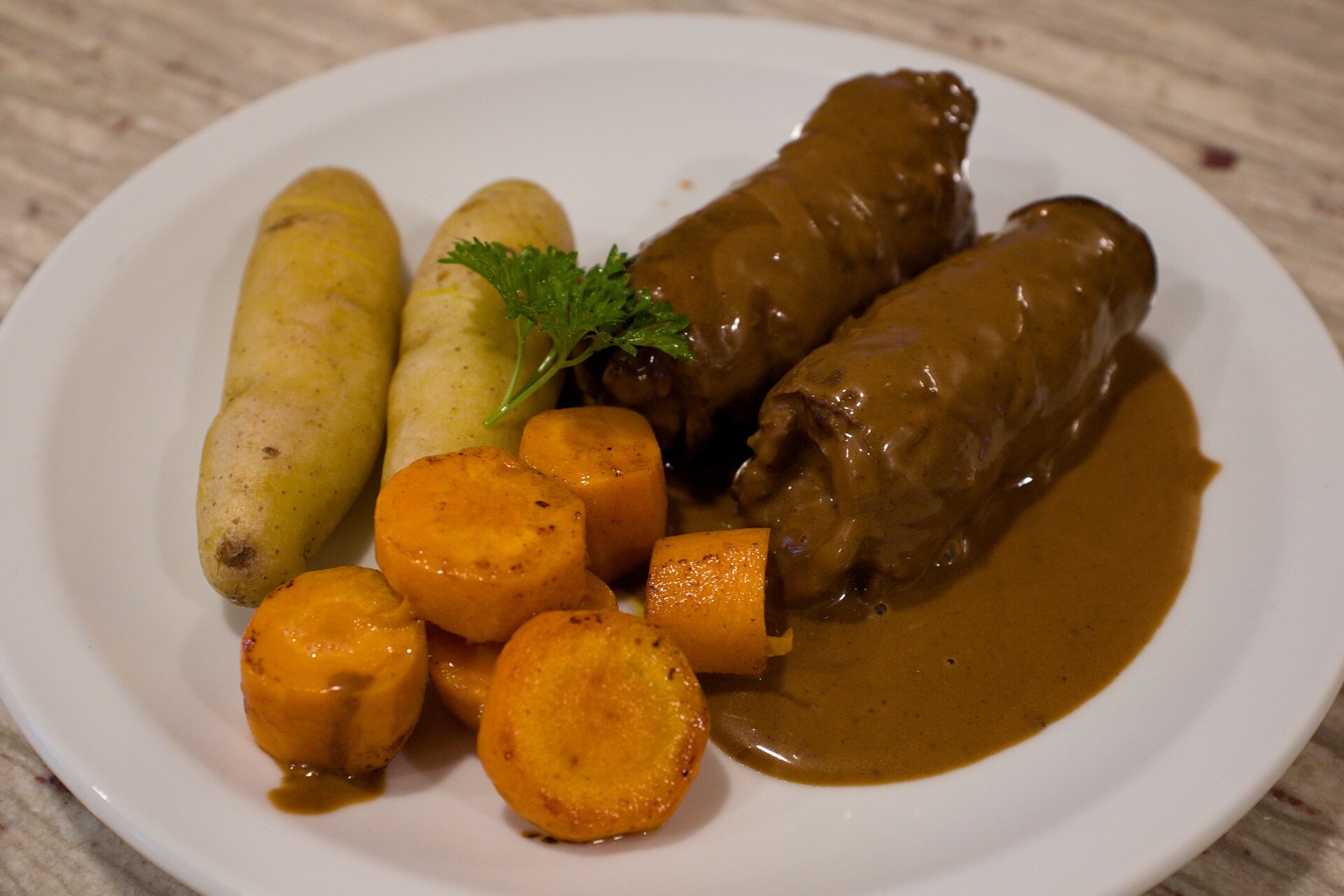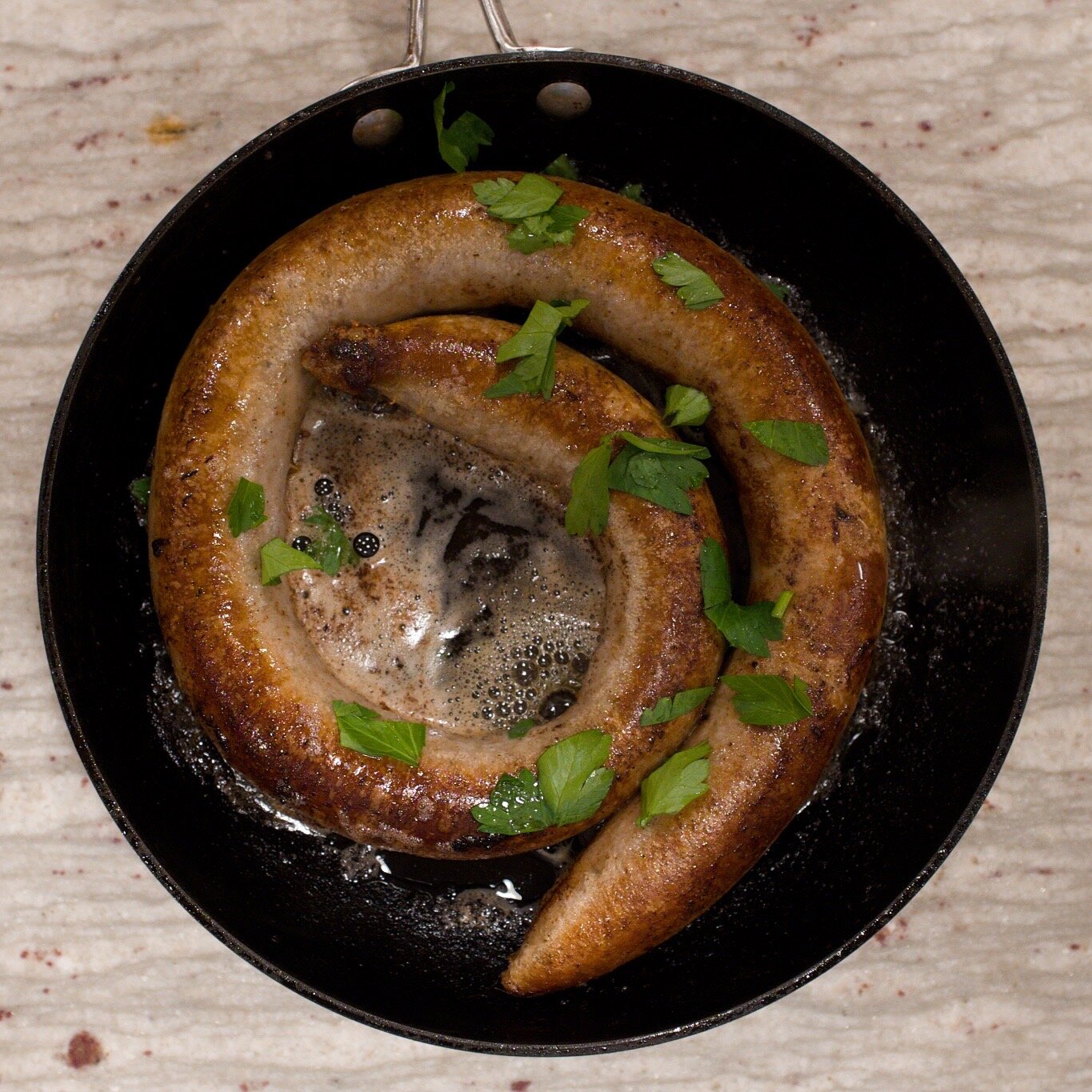Wienerschnitzel - Danish style Schnitzel.
Schnitzel is a classic Austrian or German dish. The German version is made with pork, and the Austrian is made with veal. But the Danish version can be made with both, but mostly I make it with veal.
The Danish wienerschnitzel is served with something called a boy, or dreng in Danish. The boy is the topping, the lemon, capers, horseradish and brined anchovies. I have no idea why it is called a boy, but I love the salty and tangy addition to a rather fatty schnitzel. Normally I serve a wienerschnitzel with boiled potatoes, some steamed peas and a mushroom sauce, or sautéed mushrooms.
If you for some reason don’t like the topping, I would serve the schnitzel with a warm tangy potato salad with lots of fresh herbs.
Serves 2.
Ingredients:
2 veal scaloppines
1 cup all-purpose flour
salt and pepper
2 eggs, lightly beaten
2 cups unseasoned bakery bread crumbs or panko
Olive oil or clarified butter for frying, do not skimp
Topping:
1 lemon, cut in slices
2-3 tablespoons capers
horseradish, grated, to taste
2-4 brined anchovies
Directions:
Prepare 3 shallow bowls. Place the flour, eggs, and bread crumbs in 3 separate large, shallow bowls. Season the veal scaloppine with salt and pepper. Start dipping each scaloppine/schnitzel in flour, shaking off the excess. Then dip each completely in the eggs. Drain the scaloppine from the eggs and dredge them in the third bowl with bread crumbs, pressing the veal lightly into the crumbs to adhere. Place the breaded scaloppine/schnitzel on a plate or some parchment paper.
Heat the oil/clarified butter in a large skillet over medium-high. Cook the scaloppine/schnitzels for 4 minutes on each side, only turning them once. Add more oil or butter when turning, so the pan won’t run dry. You want the schnitzels to be golden brown and crisp. Transfer the schnitzel to some paper towels to drain excess fat. Place a schnitzel on each plate and top them with lemon, capers, horseradish and anchovies.
Serve the wienerschnitzel with boiled potatoes, peas and mushrooms and with a cream of mushroom sauce.
Enjoy!





